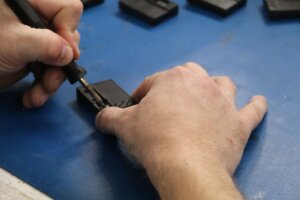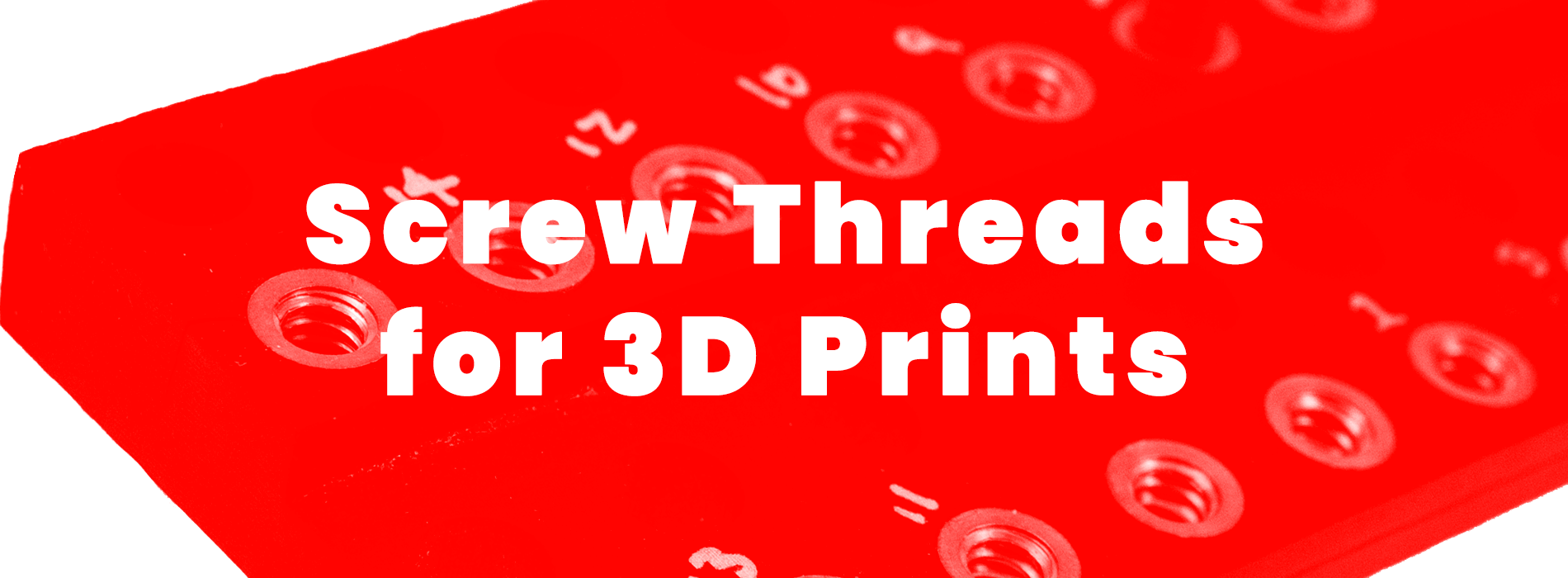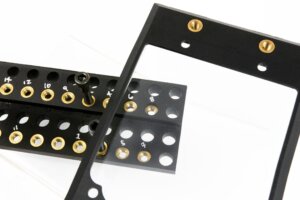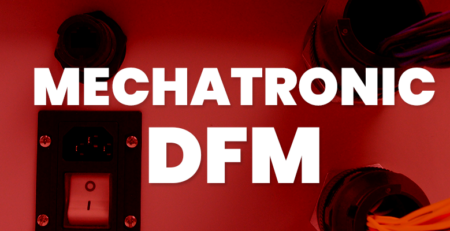How to Include Screw Threads in 3D Printed Parts
Amit Pal2023-06-16T12:42:55-05:00At Arctos, we’re always drafting new production and assembly methods to offer customized solutions and maintain committed to our clients’ success. In addition to developing innovative procurement strategies and supply chain solutions, we also like to think about how to improve manufacturing processes, such as adding screw threads into 3D printed parts.
The inclusion of screw threads was a problem for earlier generations of 3D printed parts. Now, however, advancements in printers and techniques have all but eliminated this hurdle. Despite these innovations, it is still worth evaluating methods used to incorporate screw threads, because each method has trade-offs depending on the application. Below, we explain the three popular ways to incorporate screw threads along with real world applications where they’ve been used.
Printed Threads
With the introduction of high resolution printers such as Carbon’s line of DLS printers, it has become feasible to design and print internal screw threads into parts. The main benefit to this is not having to add additional parts in the post-processing stage, saving time and money. This method can also be useful for custom thread sizes not easily found with off-the-shelf inserts.
The drawback to this method is the lack of durability in the printed threads compared to metal inserts. This means that this method should be used with parts that will be fastened only a few times rather than subjected to repeated use. A perfect case for this was a recent project where printed screw threads were used to secure fiber optic cable connectors to a test and measurement device. Once the cables were secured, they would not be removed.
Heat Staked Metal Inserts

For a more durable solution, metal inserts can be added to 3D printed products, with one method being heat staking. To do this, the part needs to be designed with a pocket for the insert to be placed into. Once the printed piece has been initially processed, the insert can be heated and pressed in by a soldering iron, producing a moderately durable result.
The drawback to this method is that it is a relatively long process to get the threaded insert into place. The printed material can also produce an uneven look, making this a less than ideal method for parts whose finish is important. An application where this method was implemented was for a cover for access to a USB connector. The part was in a low-cycle environment where it would not be unscrewed that often, but was part of a small volume order, meaning speed was not much of a factor.
Baked Metal Inserts
The final popular method we deploy is placing metal inserts into the 3D printed part while it is still in its “green,” uncured state, then curing the part with the insert in place. This produces the strongest result of all three methods. This does slow down the production process, however. A test panel with different hole sites must be run to test the fitment of the insert for a given hole size. The hole test checks that the hole is just the right size since the insert spec sheet hole size is for a different type of plastic. Our sister company TekRex recently designed a part that was going to be subject to heavy load and repeated use, which made this the ideal solution.
As shown, 3D printing technology and techniques have progressed to the point where internal screw threads are feasible for nearly any application. Having over 20 years of manufacturing knowledge and expertise with the understanding that there is more than one way to reach a goal is what allows us to provide custom-tailored solutions that best serve our clients. Arctos stands ready to evaluate your project and provide the best design, sourcing, and production services to bring what you need on time, under budget, and over quality.









